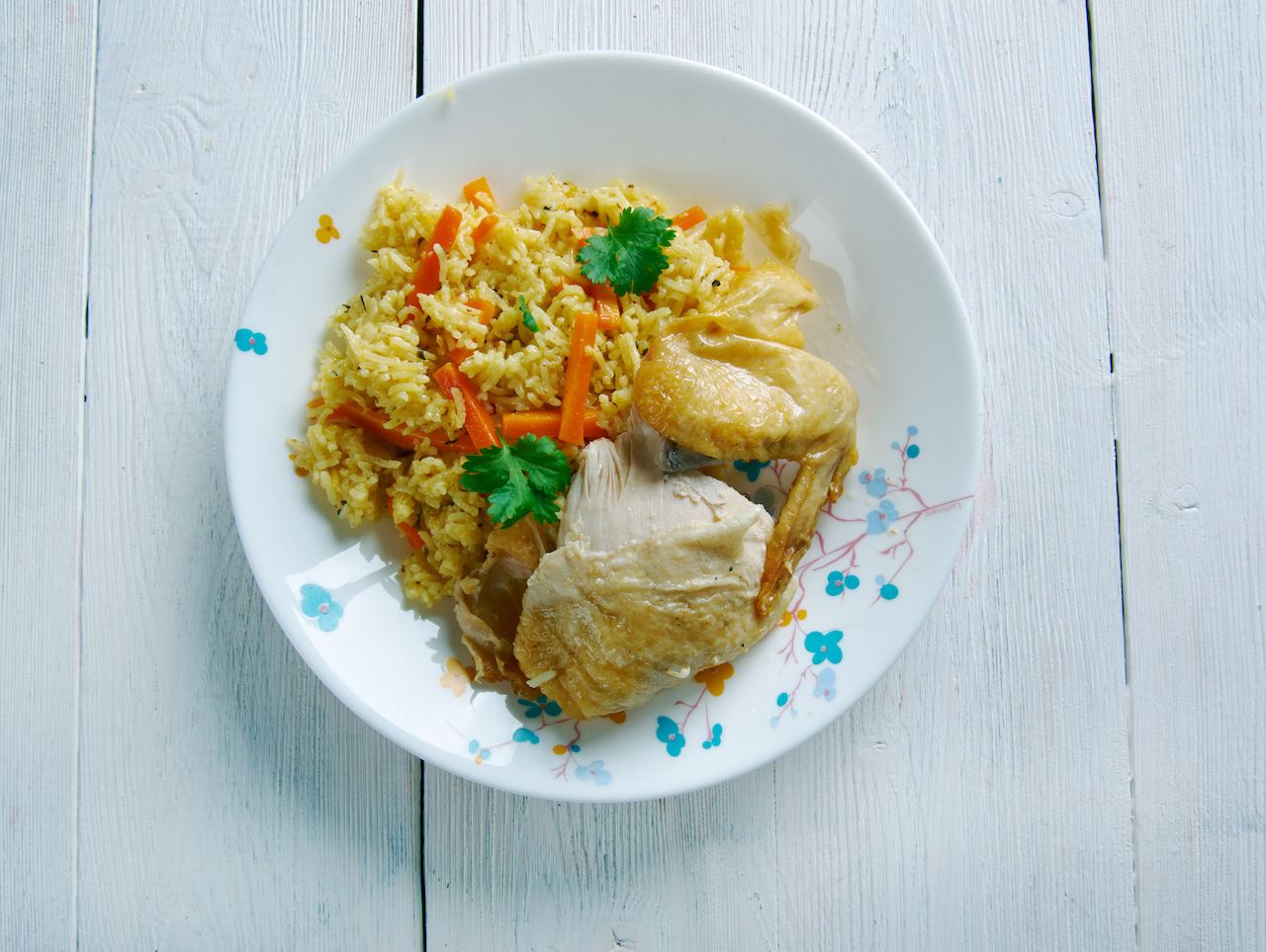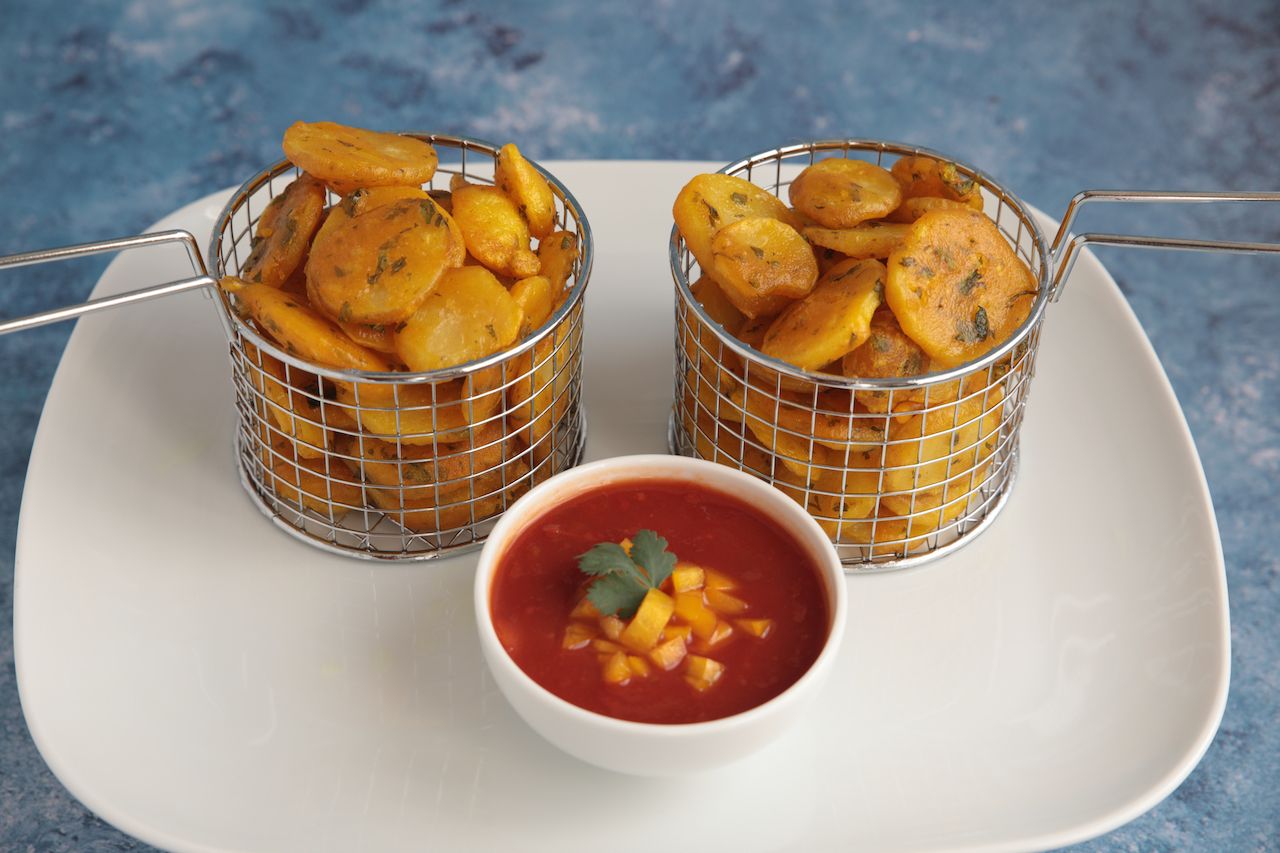Exploring the food of the Kenyan coast is a lesson in history. The dishes are a mix of the many cultures of the region, from the Bantu peoples to Islamic, Indian, and European influences. To eat along the coast of Kenya is to learn its rich Swahili past.
Swahili represents many things. It is a people, it is a language, it is a culture. The Swahili region stretches the east coast of Africa from Kenya to the bottom of Tanzania. The language and the culture come primarily from many centuries of interaction between indigenous Bantu and Arab traders. The traders were looking for ivory and gems, and as compensation, they traded spices, clothing, and cutlery. Traders from Egypt, Persia (modern day Iran), India, and Indonesia also joined. In the 15th century, the Portuguese came, followed by other Europeans. All of this influenced the way of life and the food of the Swahili Coast.





